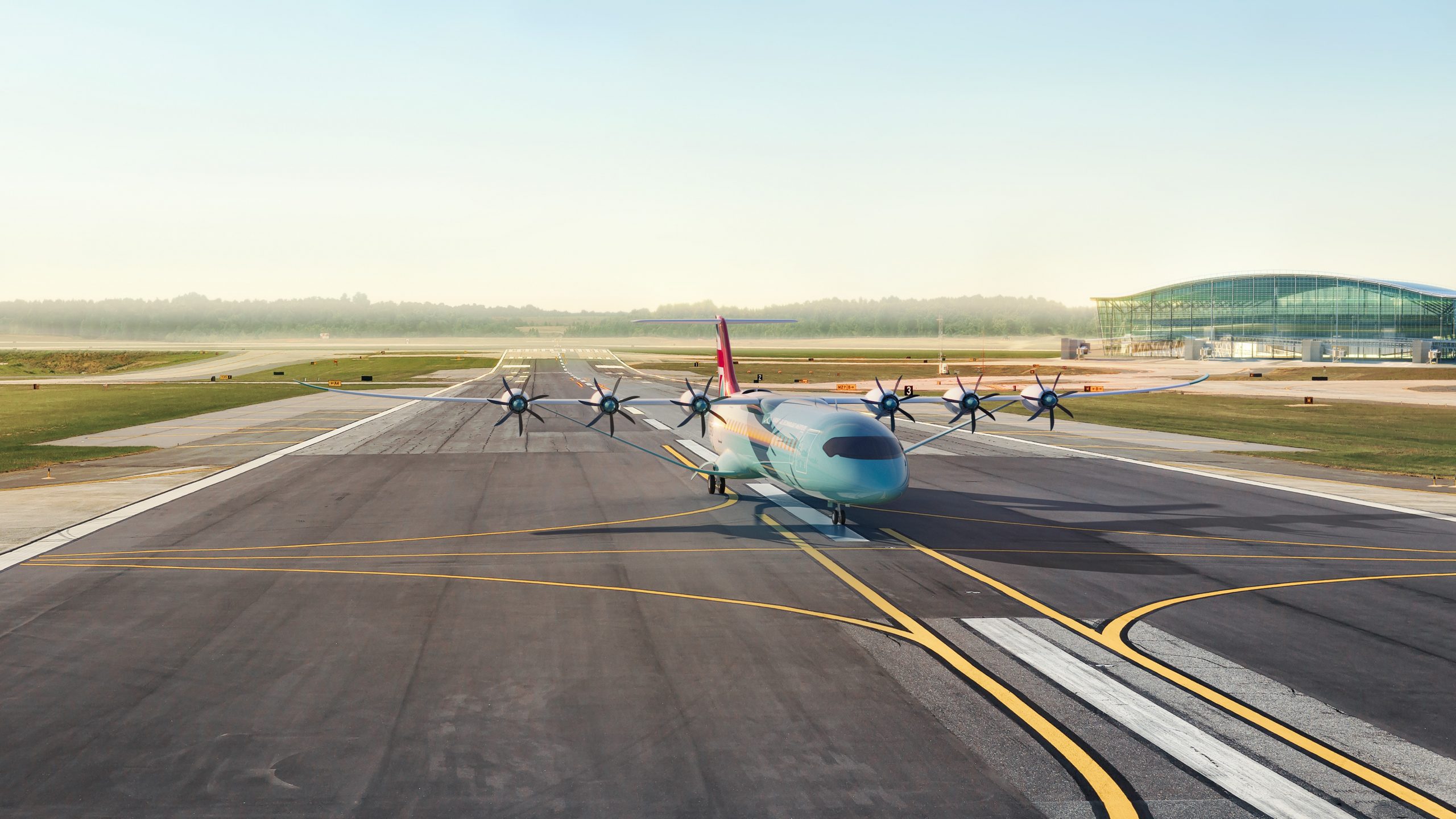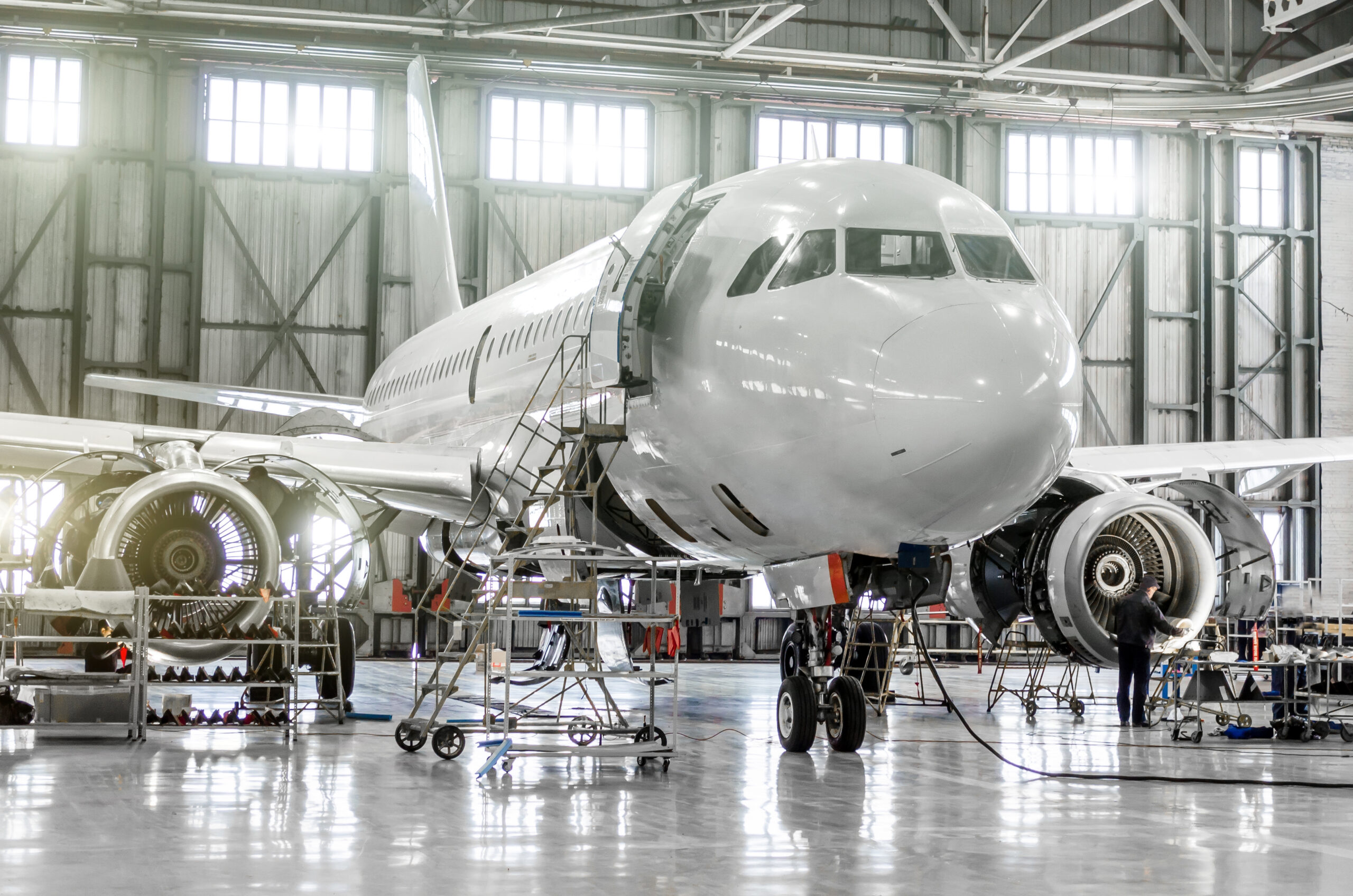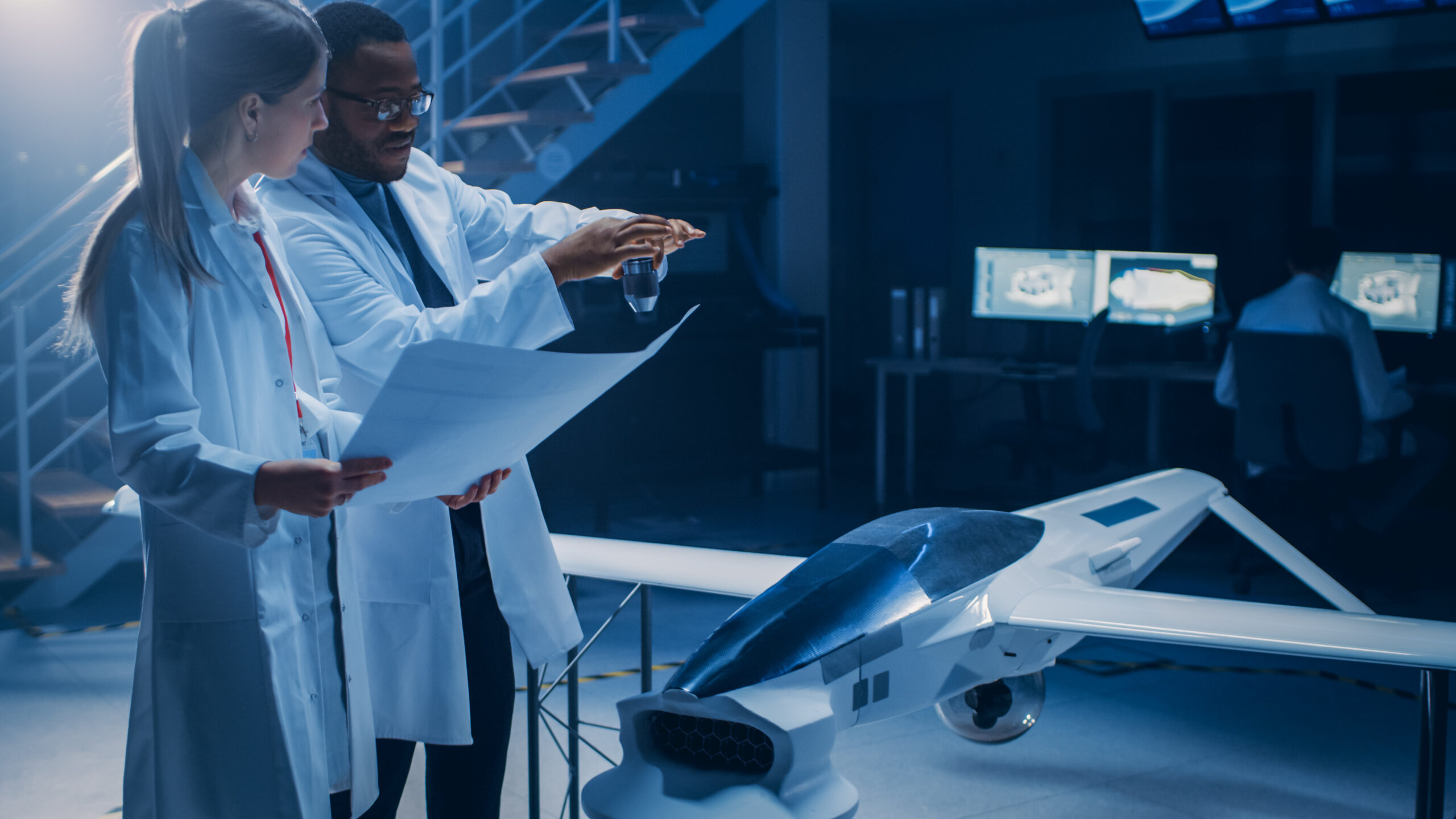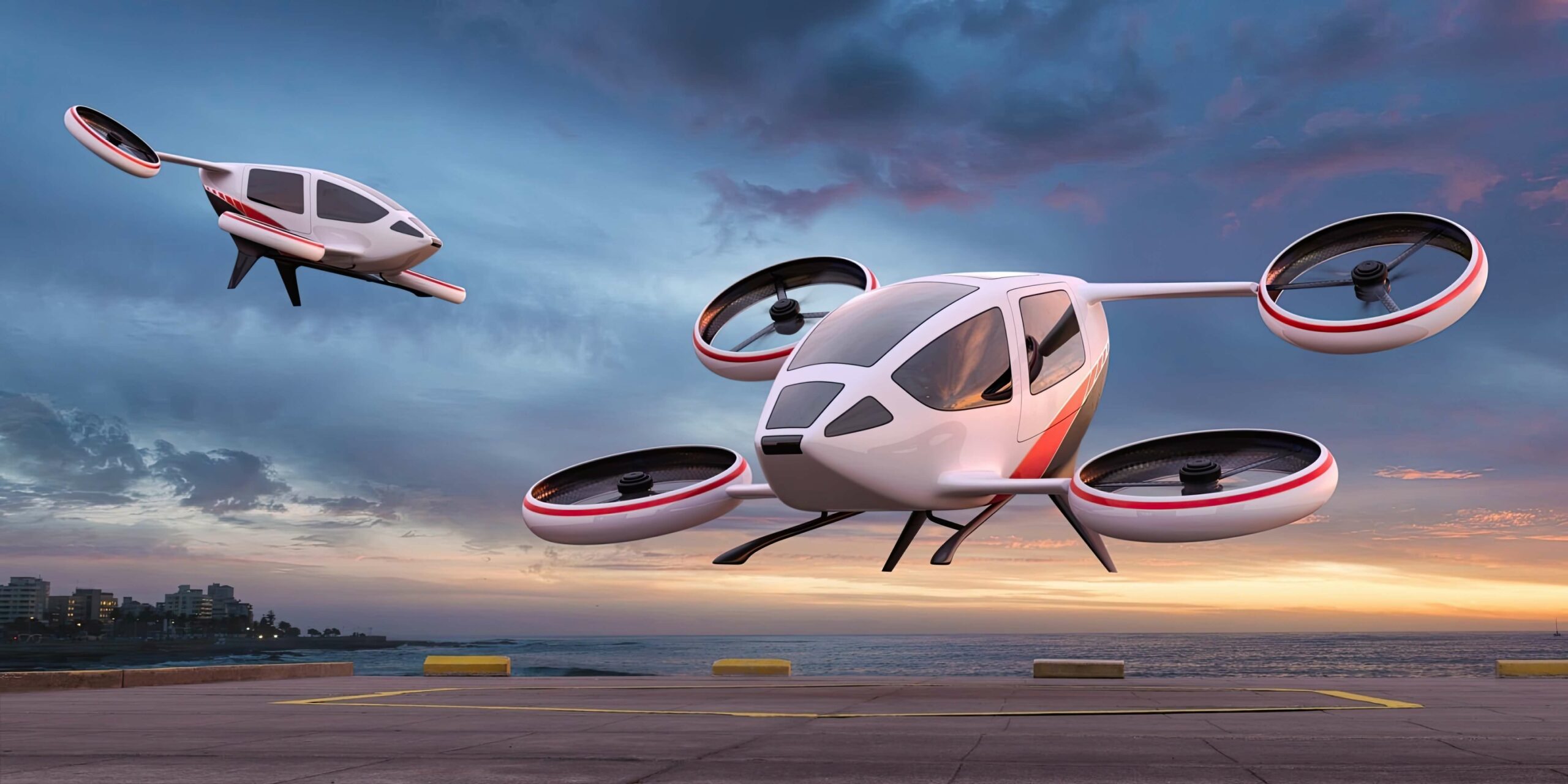
This week, the Aerospace Technology Institute’s FlyZero programme set out that zero carbon flight can be a reality, and that the UK can play a major role on the technology pathway to guilt-free flying. Reporting back on more than a year’s worth of intensive research into zero carbon flight, FlyZero found that for aviation to reach its ambitious net zero by 2050 target, zero carbon aircraft will have to enter service by 2035 – and that a possible avenue for this is the use of liquid hydrogen as fuel in novel and new aircraft.
Many ADS members seconded expertise into the FlyZero programme, which drew on the strength and breadth of the UK aerospace ecosystem to help find an answer to the Jet Zero Council’s goal for a zero-emission flight across the Atlantic. Indeed, ADS members are closely involved across the sustainability conversation, driving the innovation and research that will deliver net zero.
FlyZero’s findings
In their findings, FlyZero set out three concept aircraft, each powered by liquid hydrogen, that would meet the demands of an industry laser focused on decarbonisation. The three-concept aircraft cover a variety of market segments: regional, narrowbody and midsize, covering use cases that range from short island-hopping aircraft to an aircraft that can fly between any two points with just one stop, all with zero carbon emissions.
The findings also paint a picture of a civil aerospace industry that can not only decarbonise with liquid hydrogen, but one that can thrive and grow as a direct consequence of the efforts being made on net zero. With effective action and collaboration between Government, industry and academia, FlyZero found that the UK can lead on this agenda, growing its civil aerospace global market share from 12 percent to 19 percent, and unlocking an additional 38,000 jobs, taking the total workforce in aerospace in the UK to 154,000, alongside expanding gross value added of the industry from £11bn to £36bn.
One solution of many
The conclusion of the FlyZero programme represents a key milestone in the early stages of decarbonising aviation. While drop-in solutions like sustainable aviation fuel and operational improvements will play a part, no single method will be the determinant of whether net zero can be achieved. Instead, a broad and diverse set of pathways will get aviation to the stage where it can meet its moral imperative to decarbonise. As FlyZero demonstrates, hydrogen can and will be a key component of this – and the technology research and development that the programme has led on is more than just a starting point.
Many of the broader discussions about sustainable aviation will be taking place at the Sustainable Skies World Summit at Farnborough International on April 5 and 6. In addition to conversations about sustainable technology such as hydrogen aircraft, Sustainable Skies will set out to find the fundamental answers at the heart of aviation’s sustainability question, driving honest conversations and debates from all corners of industry.





